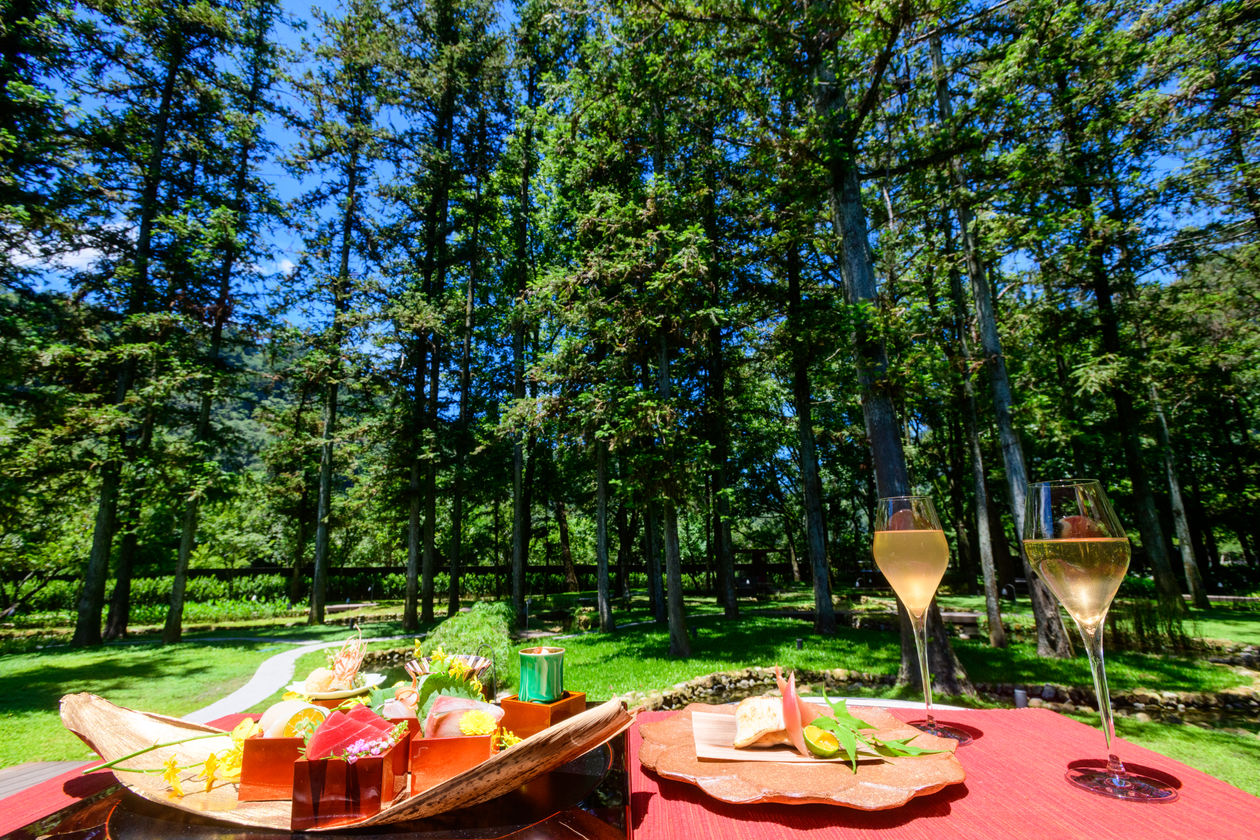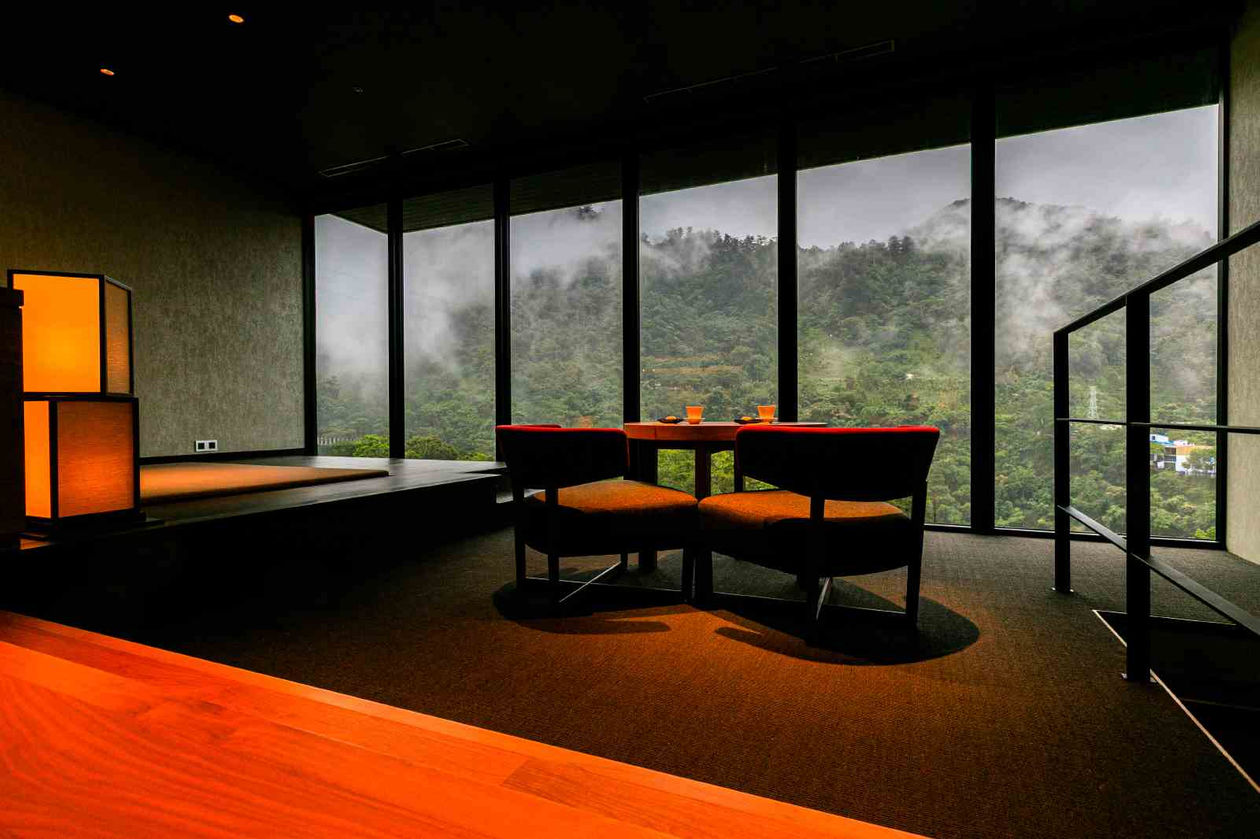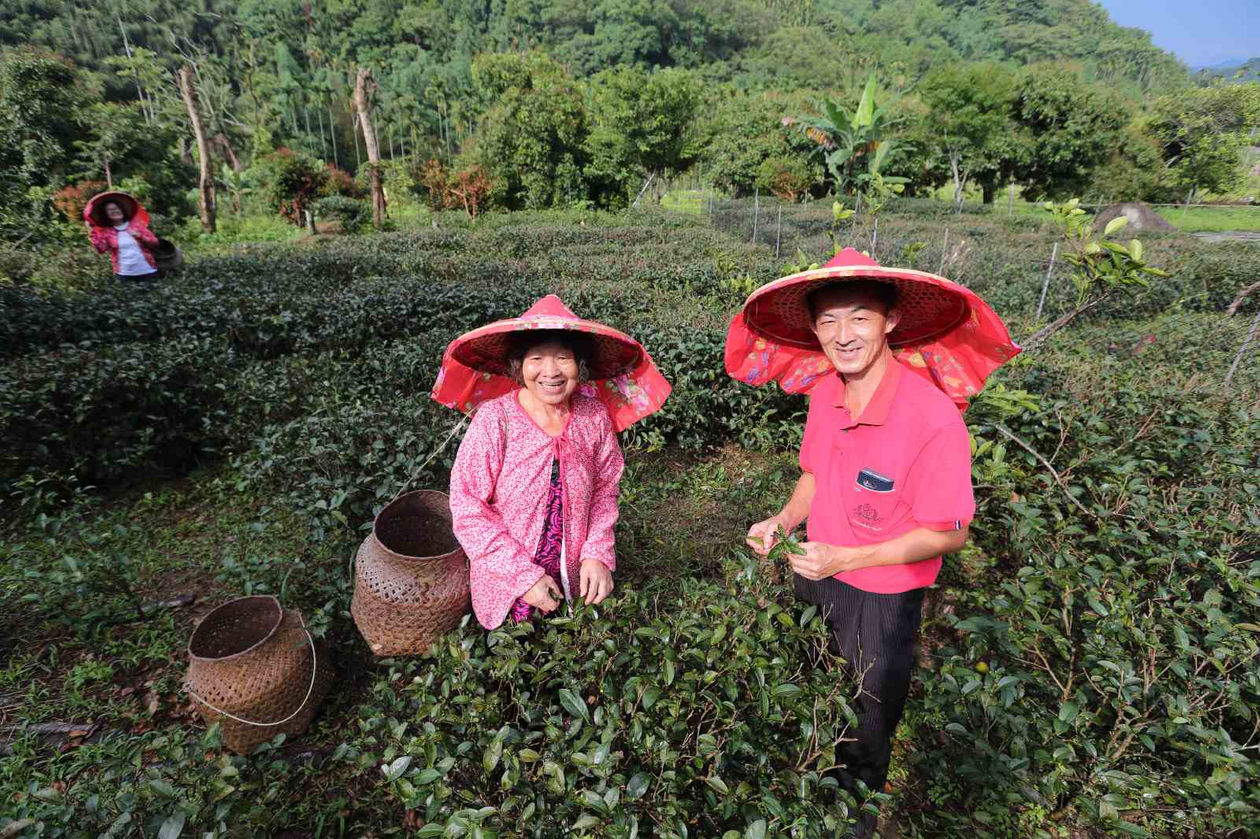Taiwan’s Domestic Tourism Challenge: Going High End

Source:Chien-Ying Chiu
The global COVID-19 pandemic has forced Taiwanese to travel more at home. Can Taiwan harness this opportunity to go higher end and create experiences that will have consumers coming back for more rather than heading abroad?
Views
Taiwan’s Domestic Tourism Challenge: Going High End
By Wang Yi-chihFrom CommonWealth Magazine (vol. 701 )
Mr. Wu, a tech executive who retired just last year, headed to Chiayi County on June 21 to see the last solar eclipse that would be visible in Taiwan for the next 200 years. The next morning, he woke up early to catch the legendary sunrise in the mountain resort area of Alishan for the first time in his life, but came away a little disappointed.
“It was kind of a pity,” he sighed.
The main sunrise viewing platform is on the outskirts of the resort area, accessible only by a 25-minute ride on old mountain train that runs to and from the platform once a day.
Wu took the train to see the sun rise at 5:22 a.m. He had wanted to hang around afterwards and enjoy a coffee while soaking in the majestic cloud vistas. Instead, he had to rush to catch the return train leaving at 5:50 a.m. or face an hour and a half hike back to his hotel.
Wu has traveled all over of the world but rarely in Taiwan. In Switzerland, he recalled, he was able to buy one rail pass that covered all train, ferry, cable car and even museum tickets, eliminating the hassle of waiting in ticket lines.
“Alishan and eastern Taiwan are as beautiful as Switzerland, but they lack the ability to package experiences and are therefore unable to create greater value from tourism,” he lamented.
Faced with significant barriers to overseas travel amid the COVID-19 pandemic, Mr. Wu is just one of many high-end consumers who have joined the ranks of domestic travelers this year, and they have considerable spending power.
According to Ministry of Finance 2018 tax data, there were no more than 140,000 households in Taiwan with annual incomes of more than NT$2.4 million (who fall in the 30 percent marginal tax bracket), representing less than 1 percent of Taiwan’s population. But they were major contributors to the NT$800 billion Taiwanese spent on overseas travel in 2019.
Another 270,000 households had annual incomes putting them in the 20 percent marginal tax bracket, and they have also been stuck in Taiwan, unable to get away.
These consumers at the top of the pyramid typically spend their vacations abroad. But with COVID-19 restrictions easing within Taiwan at the beginning of June as worries about the disease ebbed, pent-up travel demand among more affluent Taiwanese consumers was rechanneled to destinations at home, kindling a sudden domestic travel boom.
During the month of June, the surge started in Taiwan’s offshore islands, then spread to eastern Taiwan and Kending in the south, and travel agents are now expecting hotels around the country to be fully booked on weekends through mid-October. The sudden upswing has left some hotel operators with mixed feelings – happy that business is improving but worried they may have to cut prices to grab the attention of consumers.
Some industry observers have warned of many domestic travel disputes and chaotic situations in the months to come, and that when government travel subsidies run out and Taiwan opens its doors to international travel, local consumers will rush to satisfy their wanderlust abroad.
“We’re more worried than anybody else that the domestic travel sector could get crushed,” admitted Dream Taiwan Travel Association President Michael Wu, who acknowledged that Taiwan’s travel facilities and services may not be ready for the expected consumer onslaught.
Yet if domestic travel operators hope to truly capitalize on the boom and keep some of the NT$800 billion Taiwanese spend annually on overseas travel for themselves over the long haul, their focus in the coming months must go beyond making up for sales lost earlier this year.
Upgrading their businesses should be the main objective, or else the current surge in demand will be all for naught, and the best way to start is by gaining insight into their most discerning customers.

Source: Shutterstock
Stressing a Quality Experience
When Taiwan opened its doors to Chinese travelers 12 years ago, companies in the tourism sector competed on price rather than the quality of experiences offered, leading to seven-day group tours with expenses in Taiwan falling below US$50 per person per day and a decline in quality standards.
“The days of targeting ‘cost performance’ are over. ‘Value performance’ is the new trend,” said Austin Wu, vice president for Travel & Lifestyle Services at American Express. The domestic travel sector must focus on creating and building value by elevating quality standards rather than increasing volume, Wu said.
The American Express platinum card team should know because it may be more familiar with the most discerning customers at the top of the pyramid than anybody else. Access to platinum card services requires an annual fee of NT$38,000, while the Amex black card has an initiation fee of NT$160,000 and an annual fee of NT$160,000.
These upscale consumers gravitate toward customized, in-depth travel experiences and tend to rely on suggestions from travel consultants when planning their trips, according to the Amex executive.
“Our strength is helping customers plan overseas itineraries. In contrast, it’s hard to judge the quality of domestic travel experiences,” he said. Affluent travelers have generally avoided vacationing around Taiwan because of service that often falls short and leaves the high rollers invariably dissatisfied.
Ez Travel founder Jack Yu argued that Taiwan’s domestic travel sector should take advantage of this opportunity to position itself at the higher end of the market. He suggested trying to create an environment where consumers are willing to spend US$1,000 a day on travel and stay for more than three nights, targets based on high-end international tourism standards.
Yu recalled a cruise he took on a luxury riverboat on the Amazon that had only 12 rooms and cost US$4,000. Early one morning before dawn, he and his wife took a smaller boat to a lake full of an aquatic plant known as the common duckweed. They enjoyed breakfast there while watching pink dolphins jump from the water, an experience that Yu will never forget.
For Taiwan to match that is a big ask. In an environment where trips costing over NT$10,000 (about US$340) per day are already hard sells, trying to pitch exclusive experiences that cost NT$30,000 a day might seem impossible.
But given Taiwan’s rich tourism resources, Yu is convinced that Taiwan not only has the ability to move to the higher end, but that demand would actually exceed supply.
The luxury Hoshinoya Guguan resort managed by Japan’s Hishono Resort Co. is a good example. Despite charging nearly NT$30,000 a night per room, including breakfast and dinner, its 50 rooms are fully reserved from June to August, and more than half of its rooms have been booked in September.

Photo by Kuo-Tai Liu

Photo by Chien-Ying Chiu
As Taiwan’s travel sector tries to migrate toward the higher end, it will inevitably be held back by the inability of complementary products to keep pace, especially hotels.
Luxury accommodation usually comes in small packages of fewer than 30 rooms, much like the internationally renowned Relais & Châteaux series of small and mid-sized boutique hotels, and Taiwan has plenty of ground to make up.
A Fatal Blow: Lack of Differentiation, Infrastructure
In fact, Taiwan may be graced with amazing mountain vistas and attractions, but many mountain inns have plenty of room for improvement in meeting even the most basic standards, including for “cleanliness.” A lack of uniqueness and differentiation also represent huge industry barriers, especially in the age of the “experience economy.” Many of the “old streets” common around Taiwan to showcase a destination’s local flair have come to resemble night markets selling pretty much the same products.
“Uniqueness is what high-end travelers love the most. It’s basically about ‘I have something that you may not have,” said Wayne Liu, a former deputy chief of the Tourism Bureau and now a professor in the Graduate Institute of Tourism Management at National Kaohsiung University of Hospitality and Tourism. Creating value, he said, is the only way to increase prices.
Japan has followed that playbook through its ability to retain the cultural and historical character of every one of its areas.
“No matter where in Japan you go, you will definitely not find the same things there that you see where you live,” said Naoki Tagawa, general manager of Hoshinoya Guguan, who noted that Japanese spend about the same on domestic and overseas trips.
Japanese destinations are particularly good, he said, at coming up with different packages and arrangements so that even people who visit the same destination will come away with different experiences and memories every time.
Taiwan’s rich, diverse culture, whether seasonal harvest or fishing festivals or Hakka or Indigenous cultural activities, can potentially serve as the foundation for luxury travel experiences, but that culture must also be embraced by hotels and inns.

Photo by Chien-Tong Wang
Building Travel Brands: Thinking Local and International
Tagawa recently asked his employees to define Taiwanese culture. What he learned is that Taiwan is a melting pot of imported cultures, and he felt it important to give his guests a taste of that at the hotel on a rotating basis. When Tagawa arrived in Guguan a year ago, he knew Taiwanese prefer vacationing abroad to traveling at home, and he secretly gave himself the mission to get more Taiwanese to explore Guguan.
“I originally expected to start developing the local market in three years, but once the epidemic hit, we started immediately,” he said.
Developing a more vibrant luxury travel sector requires hotel operators to think both locally and have a more international vision. But the government also has a part to play by investing in basic infrastructure and providing other means of support.
Even more important, however, is that government subsidies cannot be allocated indiscriminately but rather used as incentives to elevate the quality of domestic travel.
Spain, for example, subsidizes hotel stays for retirees during the week, leaving the weekends for salarymen. Spreading out the crowds has naturally improved the experiences people have. The Spanish government also subsidizes stays in three-star hotels, encouraging the owners of one- and two-star properties to upgrade their facilities to three-star status.
The less traveled Japanese island of Kyushu has cast its lot in the luxury travel market with the Seven Stars sleeper train, with tours starting at about NT$300,000. For Taiwan, that level of luxury may seem a distant dream at present, but if it can push itself toward a higher-end environment, perhaps Taiwan can one day follow in Kyushu’s footsteps.
Have you read?
♦ Tainan Sinhua Old Street: Turning a Century-old Neighborhood into a Museum Without Boundaries
♦ Old New Taiwanese Cuisine: The Taste of Taiwan Recommended by CNN
♦ Not Another Hipster Café : Taipei's Old-School Coffee Shops
Best of Taiwan
♦ Discover the Danlan Old Trails: Taiwan’s Pilgrimage of Nature
♦ The Best Hiking Trails in Taiwan
♦ Best Travel Spots for #Taiwanders
Translated by Luke Sabatier
Uploaded by Judy Lu






